Get set for a career in character design
It’s no overstatement to say that character design is one of the most exciting, creative and celebrated artistic disciplines. Creative legends H.R. Giger, Phil Tippett and Ray Harryhausen knew it, with their visions for characters inspiring thousands of creative minds and entertaining millions worldwide.
So it will come as no surprise that character design is also one of the most difficult creative fields to get into. This is where CGMA’s Character Design Program can help.
Designed for those already versed in the fundamentals of drawing and design, CGMA’s new program carefully builds on those core skills to give you head-to-toe training in the art of human and creature character design for the entertainment industries. By the end of the program, you’ll will be ideally placed to make the leap to a character design/concept art position at a film, animation, games or print-based studio.
To enroll in the Character Design Program, you’ll need either to have successfully completed CGMA’s Foundation and Design Program or submit a portfolio that demonstrates sufficient core drawing skills and character/animal anatomy knowledge. Providing the best education possible, CGMA students are now able to take advantage of one year extended access to content (note: please bear in mind this new feature is not available retroactively).
Let’s take a closer look at what CGMA’s Character Design Program has to offer…
Head drawing and Construction with Christian Nacorda

Building on the information covered in the initial Analytical Figure Drawing course, this course challenges students to push those skills through the introduction of additional subject matter of the human head. Students will be introduced to its basic structures, underlying muscle groups and how they affect different forms of expression, structuring of different types of hair masses and rendering and, at the end, creating a final well-constructed and fully rendered face.
Character Design for Animation with Nate Wragg
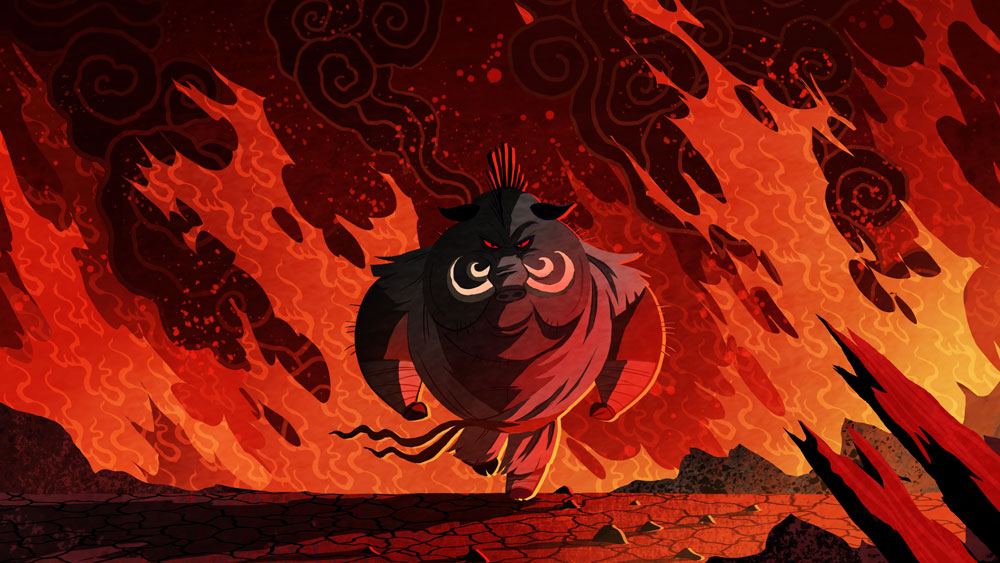
This course covers reference and breaking your pipeline down into things to consider regarding animation design. Beginning with using shapes as building blocks for building characters, allow your imagination to run wild and push the boundaries of design. The course also discusses exactly what it takes to become a professional designer.
Costume Design with Clayton Stillwell

Students will discover methods of how to ‘dress’ a figure to best suit the needs of their characters’ personalities. Using costume and props, you’ll be able to give story to your characters and bring them to life. Students will also learn about textures and proper methods of rendering different types of materials in Photoshop.
Character design for Production with Nate Wragg

This class will focus on taking your character designs through a production pipeline and learning to make your designs functional for animation. You will cover both common and important types of assignments that will be expected of you as a working professional. You will walk out of this class with not only the experience of a real professional setting, but with high quality artwork that you’ll be proud to showcase in your portfolio.
Digital Portrait Painting with Melanie Delon
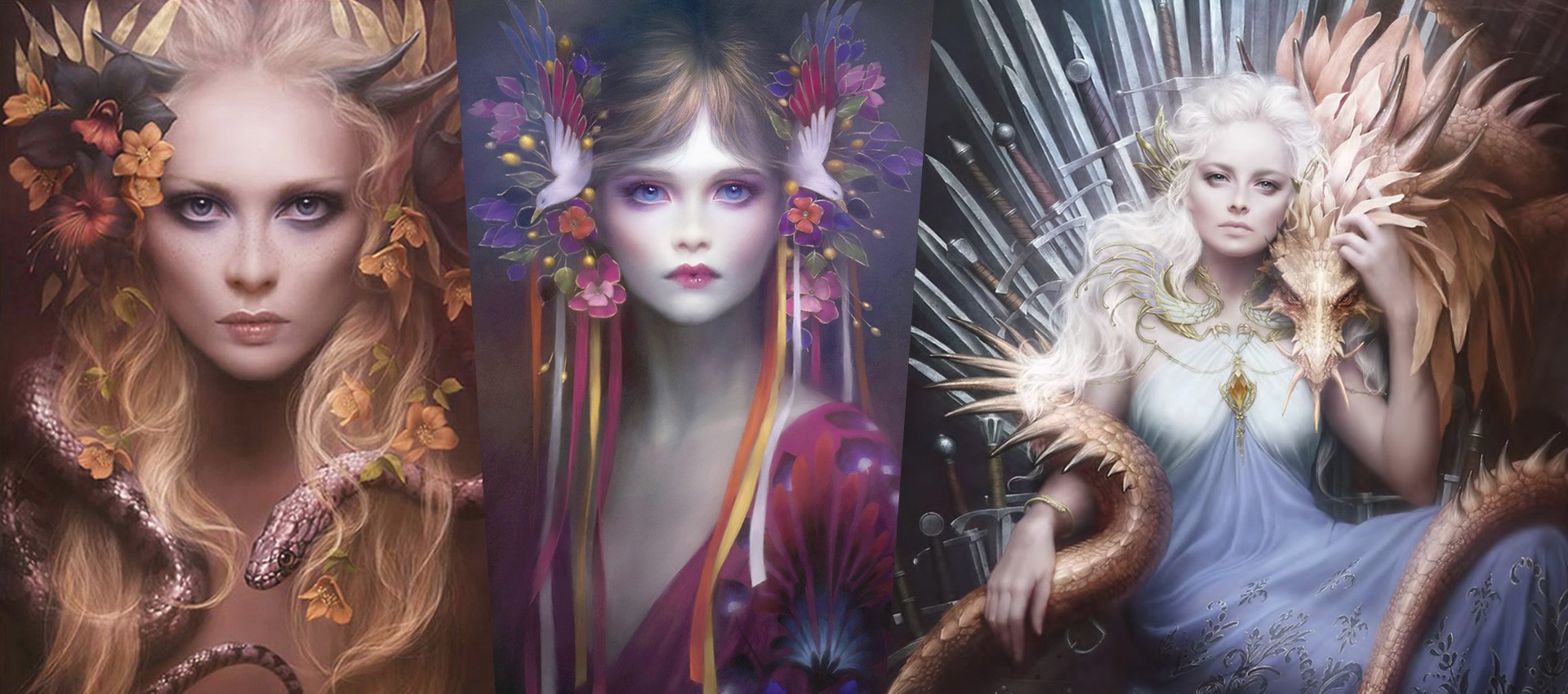
This course goes over different color and texture rendering techniques for creating believable human portraits. Special attention is given to facial features drawing on surface structure, skin rendering (i.e. translucency, hue/saturation/value and color temperature, etc.), layered studies, and background/foreground manipulation. It also explores sci-fi portrait subjects as part of the options given to paint through the course.
By the end of the course, students should have created one to two fully rendered portraits. Learn how to start a portrait from start to finish beginning with a pencil sketch, then lighting, color scheme, create realistic facial features, and emotion into our compositions for a successful digital portrait painting.
Anatomy of Clothing with Ron Lemen

In this class, you will deconstruct various materials, from their tensile strength and geometric construction to their surface properties or how they absorb and reflect light. We will work with the armature from the analytical figure drawing class and work on draw through as learned in dynamic sketching class, organising the clothing into simple easy to use forms using the draw through approach.
Other concepts we will cover include the laws of folds, the seven different types of folds and how they happen, how movement affects the geometry of the drapery, tension points, abstractions and rhythms, rendering and much more. Be prepared to do a lot of construction and rendering.
Storyboarding for Animation with Kevin Reed
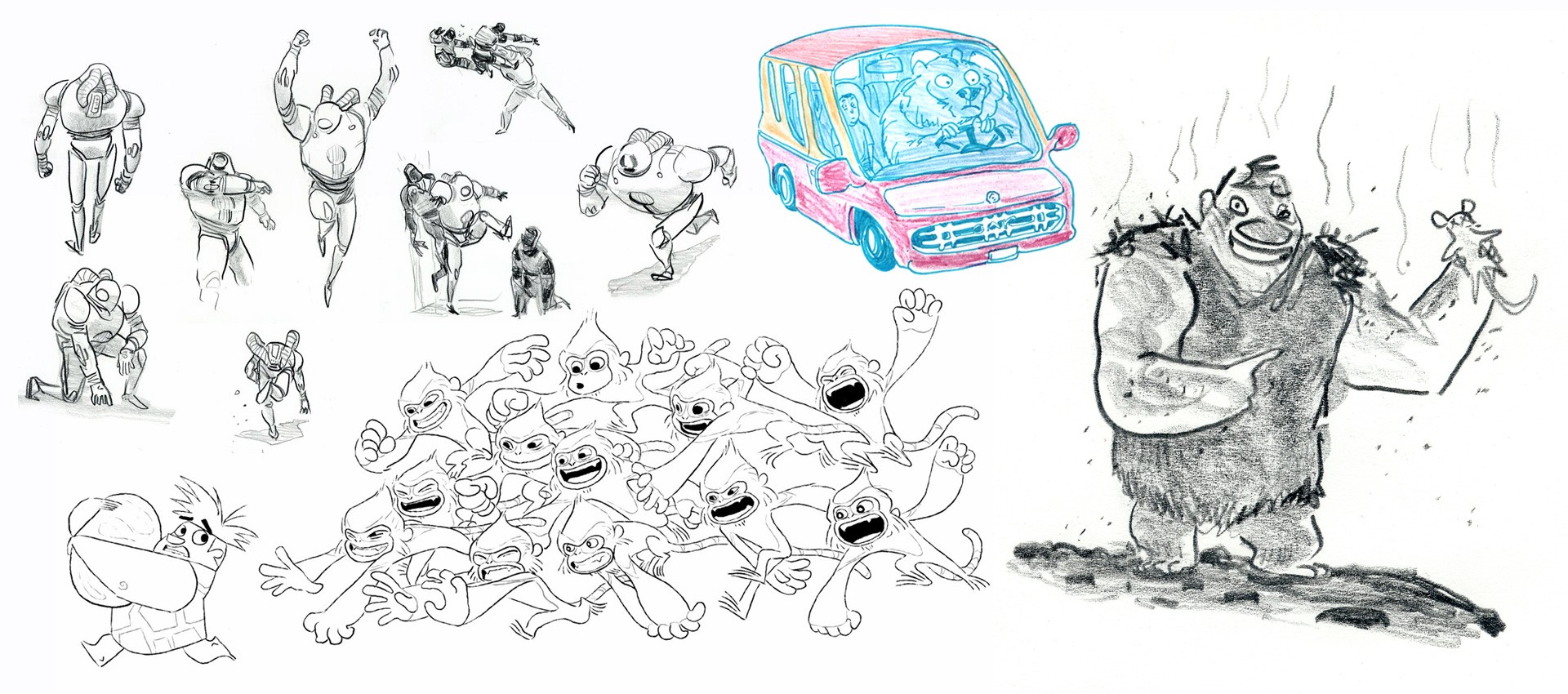
This is an introduction course where you will learn some techniques for visual storytelling. It will cover methods and exercises to help you generate ideas and learn tips and tricks used in storyboarding. The assignments will help you build a starter portfolio for storyboarding and equip with the basics for creating your own stories.
Creature Design for Films and Games with Bobby Rebholz
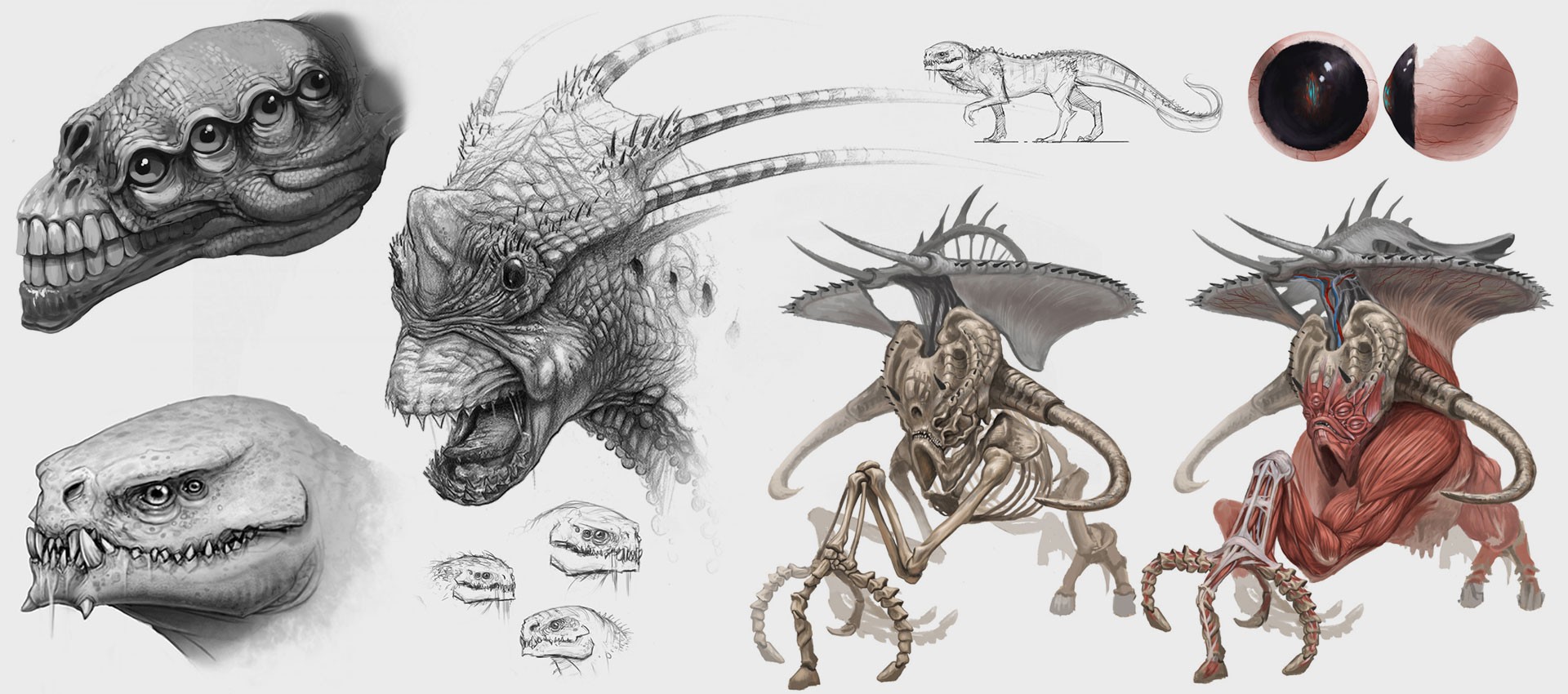
This course will teach you how to design your own creatures by using Earth’s animals as a guideline. Nature is a powerful tool when sketching ideas and Creature Design for Film and Games will show you just how to use real life references in your creations. We will begin with rough and quick sketching to generate ideas and then slowly refine these ideas into a polished portfolio piece. Students will learn how to design creatures using basic forms, how to really see the design and function of the creature, and the importance of anatomy.
Character Design for Films and Games with Marco Nelor

This course will teach you basic as well as advanced techniques in character creation. Students will explore the essence of a character by developing that character’s attitude and digging deep into what makes the character feel real and grounded.
Visual storytelling is key in the video game and cinematic worlds, and students will learn how to portray all aspects of a character in their attire as well as the small details, such as pose, attitude, and flavour. Students will learn how to execute a powerful character from start to finish, with focus on details, lighting, communication, and clarity.
Drawing and Rendering Techniques with Michal Kus

Drawing & Rendering Techniques for Hardware Design covers the benefits of ideation sketching, perspective, visual language, rendering and presentation techniques, and design intent. Focusing on the fundamentals of drawing and design, student will learn a process to deliver stronger designs using established concept design processes.
Focusing on designing for production, students will learn how a concept artist fits into a production pipeline. Subjects include: developing design themes, thumbnails, visual vocabulary, believability applied to literal and fantastical subjects, materials, rendering, lighting, and presentation. Students will design both vehicles and mechs from thumbnail sketches through full concept illustration.
Figure Drawing: Anatomy of Style with Patrick Jones
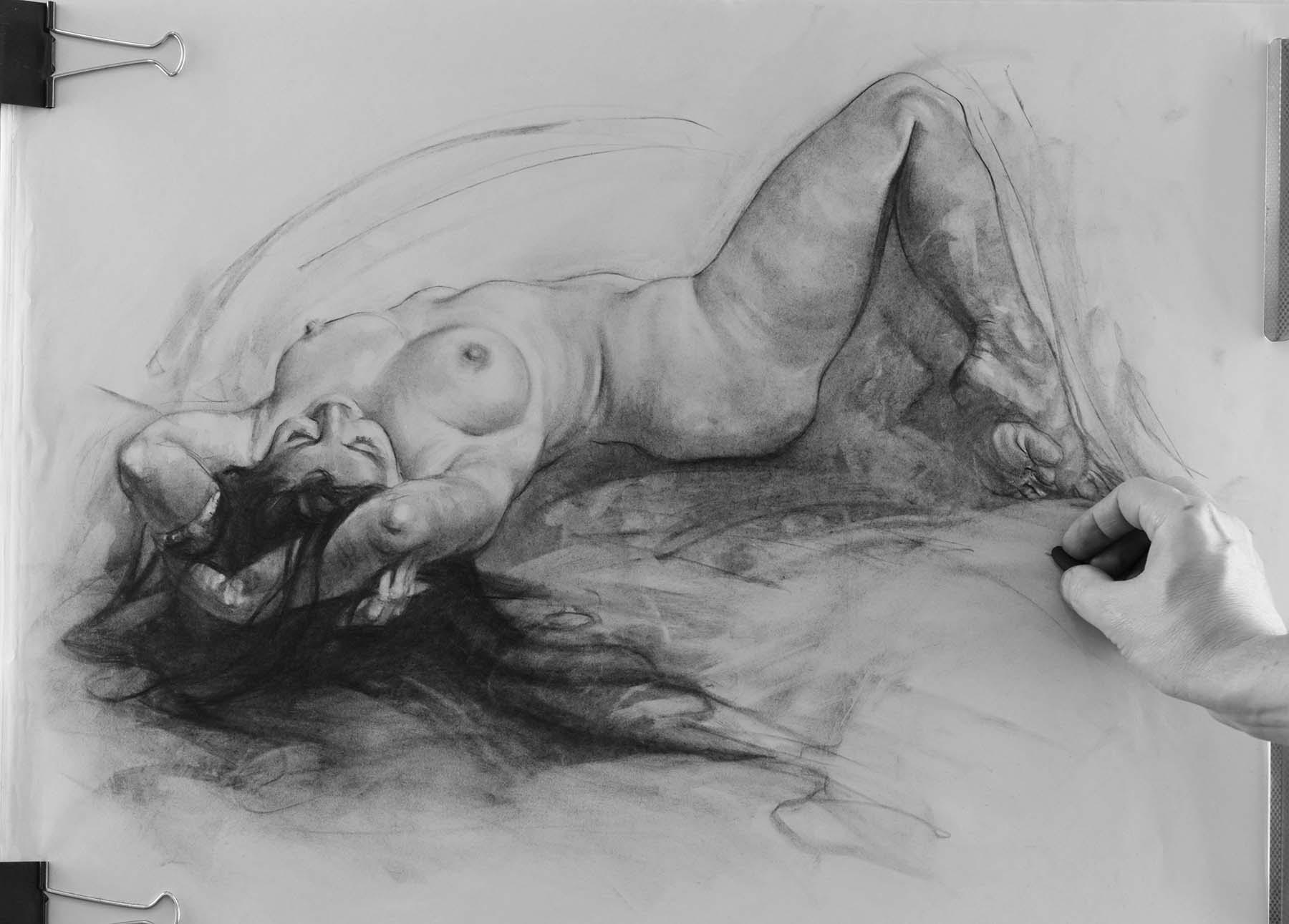
Patrick will discuss traditional drawing rendering techniques which he uses to simplify anatomy into basic shapes and gestural line to create a language your memory will use to unlock and develop your personal style of drawing.
For more information about registration or employer-sponsored education, including how to get a portfolio review for course placement purposes, get connected with Admissions by phone at +1 1-800-959-0316 or email registration@cgmasteracademy.com.
Contributer : Creative Bloq
 Reviewed by mimisabreena
on
Monday, July 16, 2018
Rating:
Reviewed by mimisabreena
on
Monday, July 16, 2018
Rating:














No comments:
Post a Comment